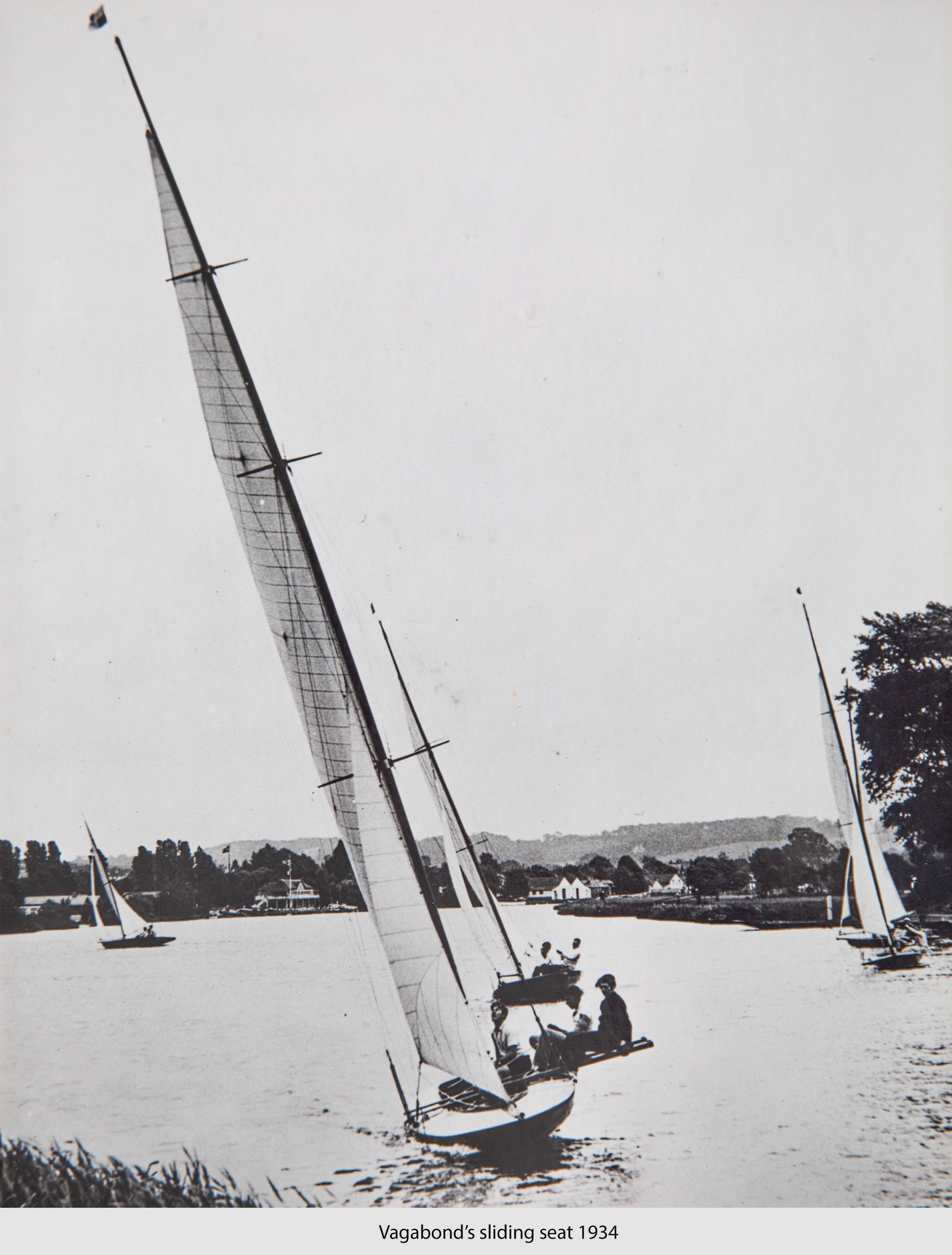| Boat (Year) |
Designer/Builder |
Notable Innovations or Achievements |
| Ulva (1898) |
Alfred Burgoine (Kingston) |
Oldest surviving A-Rater; so well-designed she “marked a plateau in rater design”thames-sailingclub-history.thecomputerguy-it.co.uk. Ulva was unbeaten in light airs and her hull became the plug for all modern GRP raters in the 1980sraterassociation.co.uk
sail-world.com. Linton Hope praised Ulva as “one of the best boats ever seen on these waters”thames-sailingclub-history.thecomputerguy-it.co.uk.
|
| Carina (1902) |
Alfred Burgoine |
Another Burgoine masterpiece; virtually unbeatable in her early yearsthames-sailingclub-history.thecomputerguy-it.co.uk. Hope called her owner “the king of boat sailors” and noted Carina’s consistent podium finishes in any weatherthames-sailingclub-history.thecomputerguy-it.co.uk. Winner of many early trophies; beautifully restored in 2003 for her centenary (and promptly won cups again).
|
| Vagabond (1907) |
Linton Hope (built by Townsend) |
The most historically significant A-Raterthames-sailingclub-history.thecomputerguy-it.co.uk. Designed with ultra-narrow beam, Vagabond introduced the trapeze (“bell rope”) and sliding seats in the 1930s – the first use of these on a conventional sailboatthamessailingclub.co.uk
thamessailingclub.co.uk. Rebuilt in the 1980s, she spearheaded the wooden boat revival, and with a carbon rig was Queen’s Cup champion in 2001 and 2003thames-sailingclub-history.thecomputerguy-it.co.uk
thames-sailingclub-history.thecomputerguy-it.co.u
|
| Scamp (1906) |
Linton Hope (built by Hart & Co) |
A rival to Caprice in trophy count, Scamp (and her successor “Scamp II”) won more Queen’s Cups than any other boat. Hope designed her long and lean, trading some light-wind speed for windward power. Scamp was the last A-Rater standing in the 1950s at UTSC, keeping the flame alive almost single-handedlyraterassociation.co.uk. Her original lines (published in Yachting Monthly) were used in the 2010s to create a new mold for building modern Ratersraterassociation.co.uk.
|
| Caprice IV (1911) |
F.H. “Jack” Jackson (built by Townsend) |
One of the few not by Hope/Burgoine, Caprice IV was enormously successful – twice she won the Queen’s Cup three years running (a feat of consistency)thames-sailingclub-history.thecomputerguy-it.co.uk. Longest and widest hull in the fleet (Jackson favoured beam for stability)thedailysail.com. Raced in the 1920s–30s by aviation pioneers Fred Sigrist and Sir Frank Spriggsthames-sailingclub-history.thecomputerguy-it.co.uk. After an extensive 1990s rebuild, she returned to top form, winning the Queen’s Cup again in 1997 under Ossie Stewartthames-sailingclub-history.thecomputerguy-it.co.uk.
|

